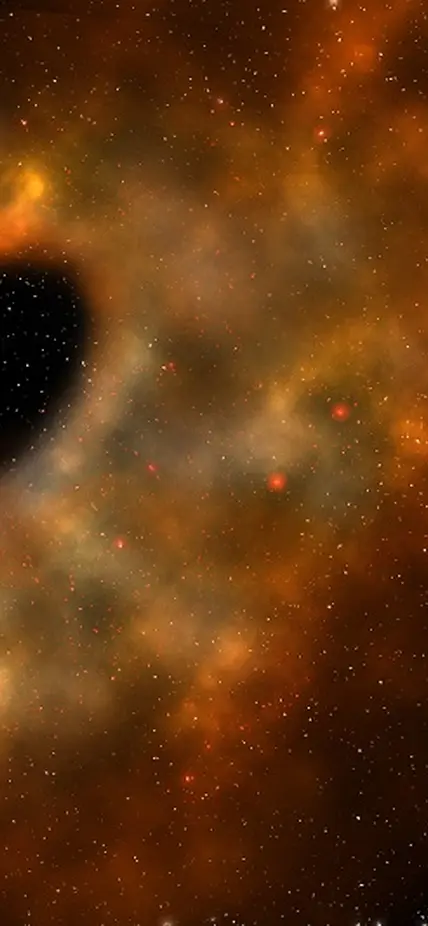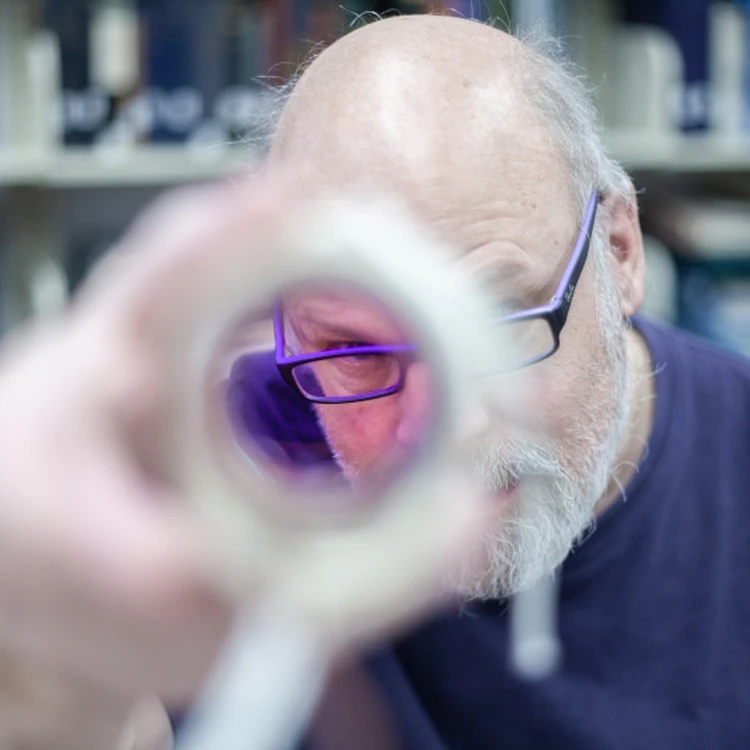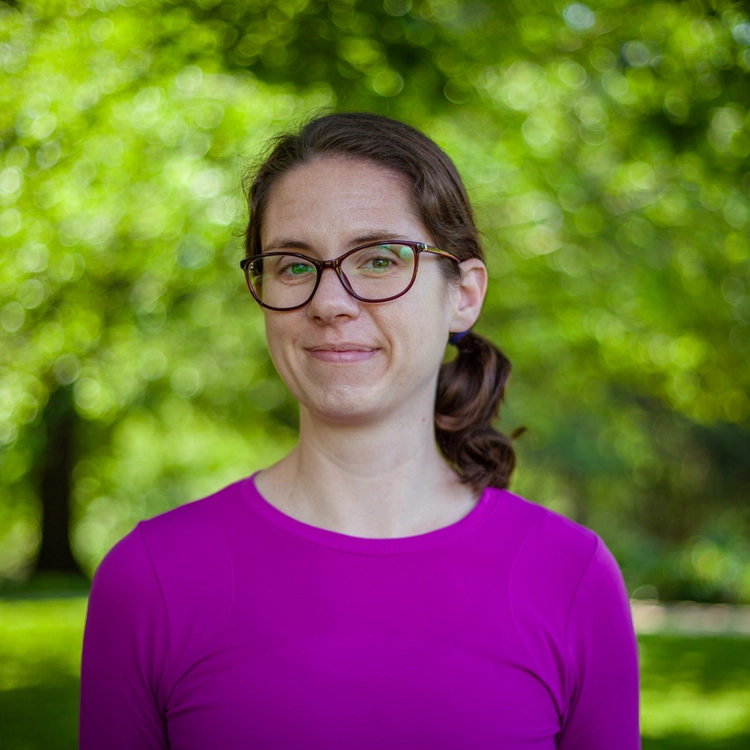Discovering New Worlds
Our astronomers probe the outer reaches of our own planetary system and discover the diversity of extrasolar planets.
Since Carnegie Science astronomer Paul Butler confirmed the existence of the first extrasolar planet orbiting a Sun-like in 1995, scientists have found more than 5,000 planets orbiting stars other than our own.
In recent decades Carnegie Science researchers have also advanced new frontiers in our knowledge of the Solar System, revealing objects at its fringes, as well as new details about the compositions of our closest planetary neighbors.
This research exists at an especially exciting nexus of theoretical astrophysics, observational astronomy, and instrument development. Our astronomers cross disciplinary boundaries and partner with geophysicists to investigate the forces that shape the interiors of distant worlds and understand how these dynamics could affect their potential for habitability. They also partner with engineers and instrument developers to develop new techniques for revealing the atmospheres of distant worlds and their potential for habitability.
Key Questions in Solar System & Exoplanets
Ever since Carnegie astronomer Paul Butler confirmed the existence of the first extrasolar planet orbiting a sun-like in 1995—a “hot Jupiter” called 51 peg b—exoplanetary science has been on the rise! Since that first discovery, scientists have found more than 4,300 planets orbiting stars other than our own. Today one of the main focuses of scientists at the Earth and Planets Laboratory remains the discovery of these planets—particularly the search for Earth-like planets around sun-like stars.
Learn moreOne of the biggest mysteries in our Solar System is what objects exist past Pluto in the far, dark reaches of our Sun's gravitational pull.
The Kuiper Belt, where Pluto lives, is a region of comet-like objects just beyond Neptune. This belt of objects has an outer edge, which we are only now able to explore in detail. For the past few years, astronomer Scott Sheppard and his colleagues have been performing the largest and deepest survey ever attempted to search for distant Solar System objects.
Planets are the only place where we know that life can thrive. However, not all planets are habitable. Many factors could affect habitability, including composition, surface temperature, presence of a magnetic field, and stellar activity.
Determining what makes a planet habitable and finding habitable planets is the ultimate goal of the AEThER interdisciplinary research project. Much of the astronomy and astrophysics work at the Earth and Planets Laboratory (as well as interdisciplinary studies across Carnegie Science) is dedicated to exploring the question of planetary habitability.
Learn moreRelated Divisions
Drawing on more than a century of science, our multidisciplinary department discovers exoplanets, creates new materials, illuminates Earth's inner workings, and seeks to better understand the universe that is our home.
Learn moreFrom the revelation of the universe’s expansion to the discovery of dark energy, Carnegie Observatories researchers have transformed humankind’s understanding of the cosmos. The groundbreaking work continues today at our world-famous Las Campanas Observatory in Chile.
ObservatoriesRelated Events
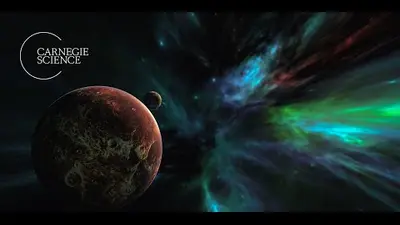
Capital Science Evening Lecture - Life on Other Planets: Finding My Place in the Universe
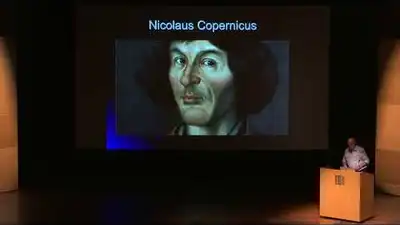
Alien Worlds and the Origins of Science - Dr. R. Paul Butler
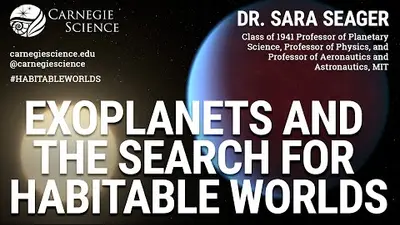
Exoplanets and the Search for Habitable Worlds - Dr. Sara Seager
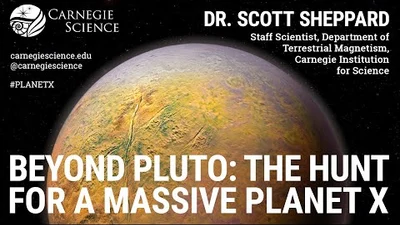
Beyond Pluto: The Hunt for a Massive Planet X - Dr. Scott Sheppard
